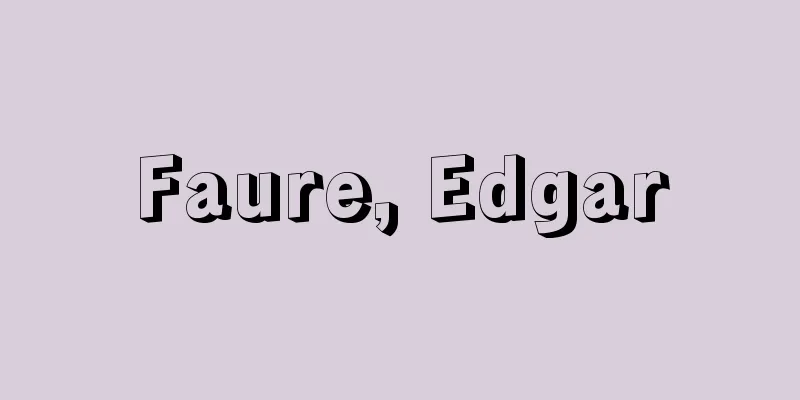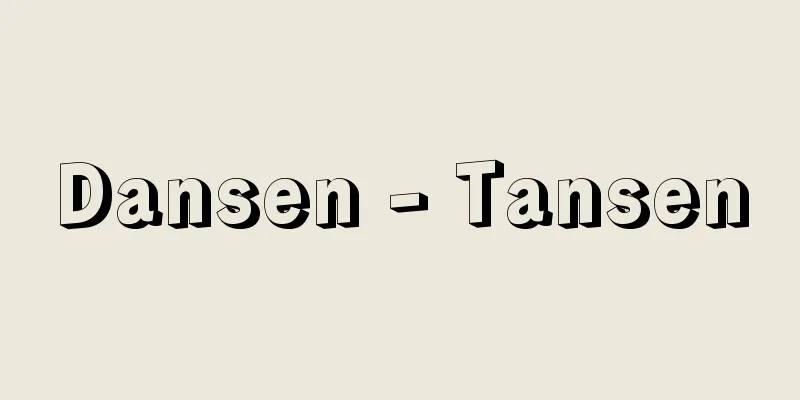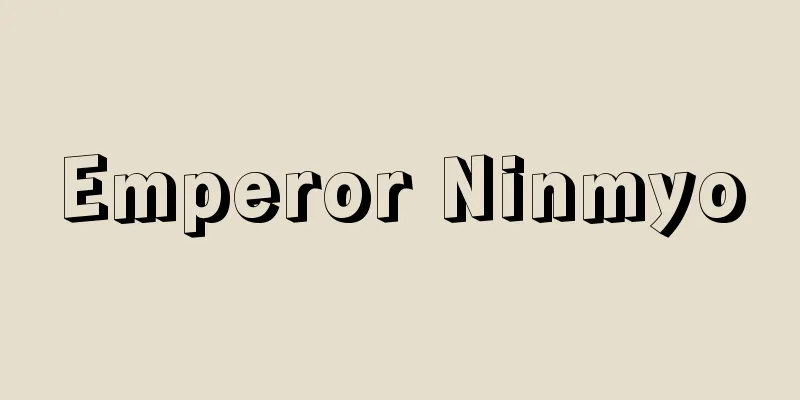Tengenjutsu - Tengenjutsu

|
This refers to instrumental algebra practiced in China and Japan in the Middle Ages. In China, Zhu Shijie first used red and black calculating sticks (red representing positive numbers and black representing negative numbers) in his "Mathematics Enlightenment" (1299), which were arranged on an abacus with squares drawn on it to represent higher-order equations with one variable and solve problems. However, since the invention of this method coincided with the popularity of the abacus, the use of calculating sticks soon fell out of use, and at the same time, Tengenshu also fell out of use. Calculating sticks were used in neighboring Korea for generations to come, and it was introduced to Japan when Toyotomi Hideyoshi invaded Korea, and Tengenshu began to be practiced. When Tenzanjutsu began, Tengenjutsu became unnecessary, but it was still practiced by beginners as a preliminary step to learning Tenzanjutsu. Therefore, books such as "Kaisai Tengen Shinan" continued to be popular. The name Tengenshu comes from the fact that the unknown number is called Tengen no ichi, and the meaning of making ○○ an unknown number is expressed as "establishing Tengen no ichi and making it ○○." In China, in addition to Tengen, the Shigen method, which used several unknown numbers such as Renyuan and Jiji, was also practiced, but this never went out of style. [Shinichi Oya] [Reference] |Source: Shogakukan Encyclopedia Nipponica About Encyclopedia Nipponica Information | Legend |
|
中国および日本で中世に行われた用器式代数をいう。中国において朱世傑(しゅせいけつ)が『算学啓蒙(けいもう)』(1299)で初めて用いた、赤黒の算木(赤は正数、黒は負数を表す)を用い、それを升目を引いた算盤の上に並べて一元の高次方程式を表し問題を解いた。ただこの方法の発明された時期がそろばんの流行期と重なったため、まもなく算木の使用が廃れ、同時に天元術も廃れてしまった。隣国朝鮮では後世に至るまで算木が用いられ、豊臣(とよとみ)秀吉の朝鮮侵略を機会として日本に伝わり天元術が行われることになった。 点竄(てんざん)術が始まると天元術は不用となるわけであるが、点竄術を学ぶ予備段階として初学者の間で行われた。そのため『改正天元指南』などの書物の流行は続いた。 天元術の名は、未知数のことを天元の一と称し、○○を未知数とするという意味を「天元の一を立てて○○とする」という言い方をすることから出たものであって、中国では天元のほかに、人元、地元などの未知数をいくつか用いた四元法なども行われたが、これは流行をみないで終わった。 [大矢真一] [参照項目] |出典 小学館 日本大百科全書(ニッポニカ)日本大百科全書(ニッポニカ)について 情報 | 凡例 |
>>: Electric Power Development
Recommend
Capri [island] - Capri
Located in the Bay of Naples in southern Italy, ab...
Tān Sen
A musician in the late 16th century in northern In...
CEA
Reference value 2.5ng/ml or less (RIA method) Or ...
Category of operation - Unkou Category
...Recently, there have been an increasing number...
Sulfinic Acids - Sulfinanes
It is an acid with the general formula RSO 2 H, a...
Gilimu - Gilimu
… [Composition and Usage] Cuneiform characters ar...
Hanpen (half piece) - Hanpen
A type of paste product made by boiling fish paste...
《Cours de chymie》(English spelling)
…Originally, organic matter was defined as a subs...
Kickboxing
A fighting sport similar to boxing. It is a sport...
putto
...From the late Greek period to the Roman Empire...
Cup - Cup
A small constellation that can be seen in the sou...
Kaaramiihikari - Kaaramiihikari
…Jyo-no-ike Pond in Ito, Shizuoka Prefecture was ...
Modacrylic fiber
…It is one of the three major synthetic fibers, a...
Mafeking - Mafeking (English spelling)
A town located in the north-central part of South...
Line selection - Keito Senbatsu (English spelling) Line selection
It is one of the basic operations in plant and ani...









